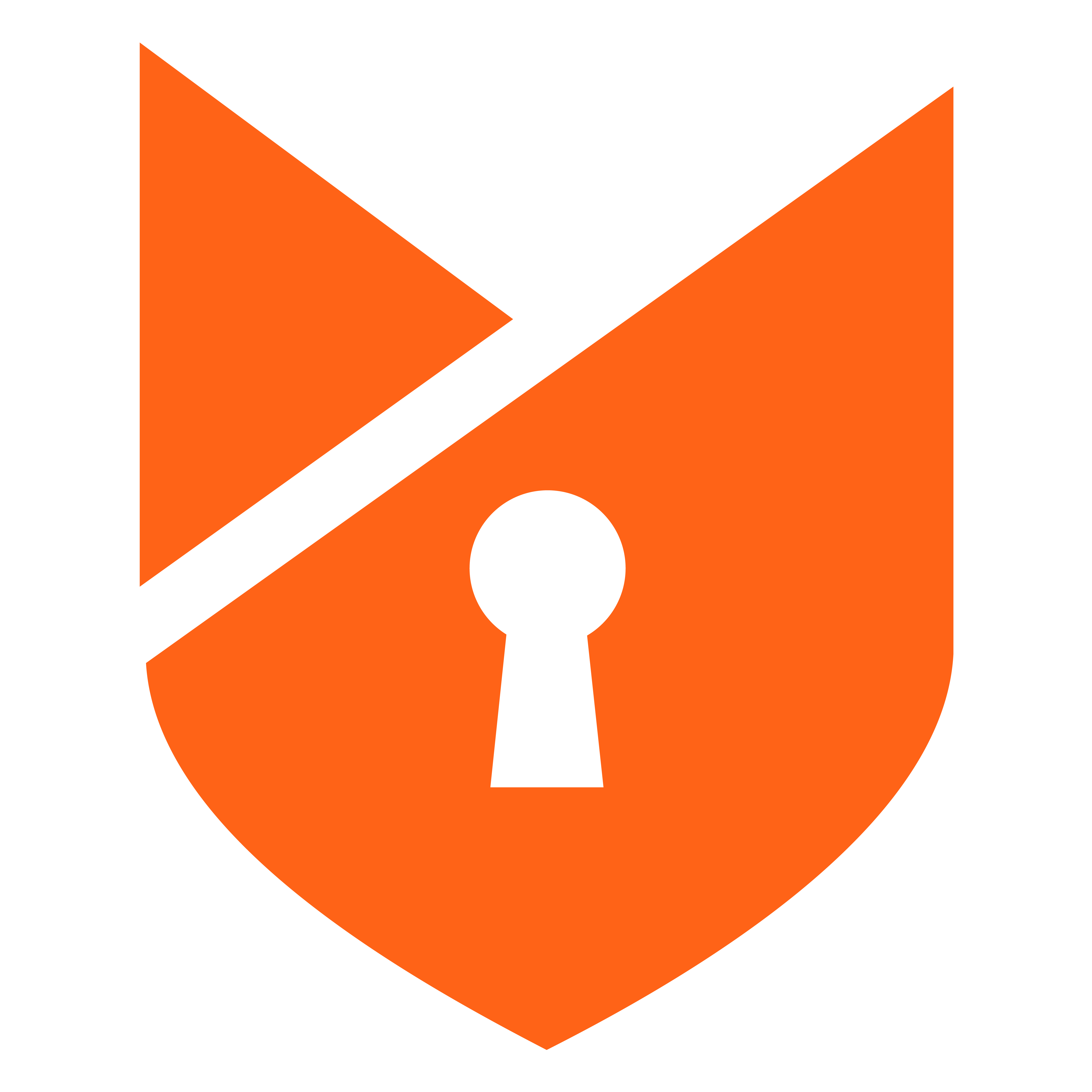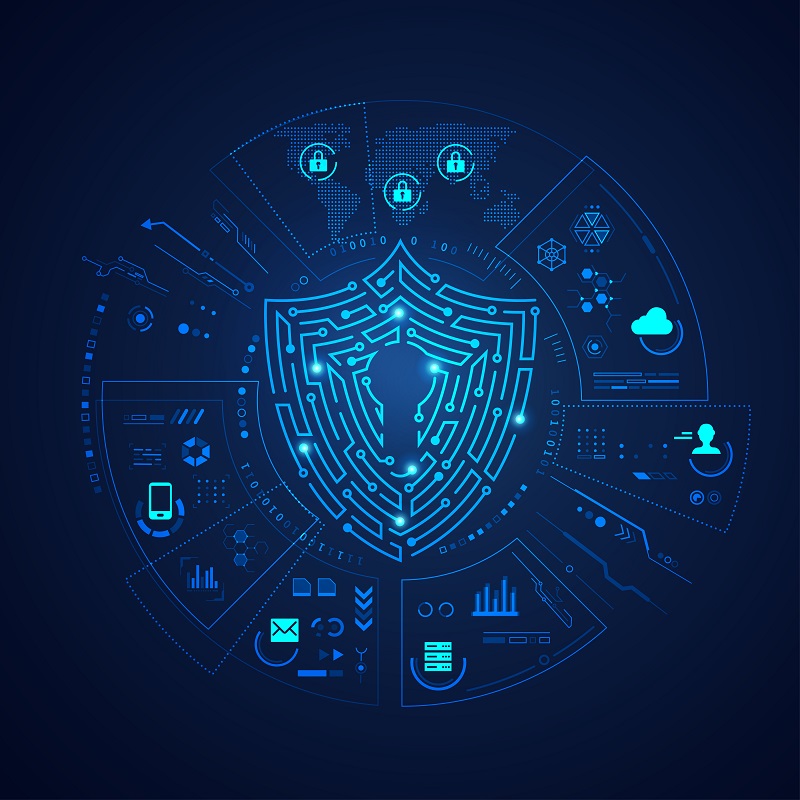Understanding The Concept of LDAP Cyber Security System
 Foxpass
Foxpass
LDAP, or Lightweight Directory Access Protocol, is a cyber security system that provides a framework for managing access to resources on a network. It is based on the X.500 standard and is used to manage the authentication and authorization of users in an environment that uses LDAP directory services. It is often used as a central repository for user account information, such as usernames, passwords, and access privileges. This central repository can be used to ensure that authentication and authorization are correctly applied to users across an entire network.
The most common implementations of LDAP involve applications and services that provide a central system for managing user accounts and authentication credentials. In order for a user to have access to specific resources or services, they must first authenticate into one of the LDAP systems. In general, the server then verifies the username and password and grants permission to the user based on the access permissions that have been previously set up. In addition to authentication and authorization, LDAP can also provide audit logging, enabling administrators to track user activity.
LDAP is widely used in business and enterprise environments due to its inherent security features. By utilizing authentication and authorization techniques, LDAP can help ensure that the right person is accessing the right information.
Subscribe to my newsletter
Read articles from Foxpass directly inside your inbox. Subscribe to the newsletter, and don't miss out.
Written by

Foxpass
Foxpass
Foxpass increases your organization's server and network security by ensuring employee accounts have access only to what they need. Our cloud-hosted LDAP and RADIUS systems help you bring best-practices to your infrastructure. And they're backed by your existing GSuite, Okta, or O365 accounts.